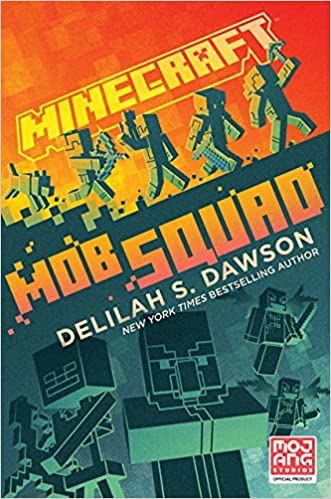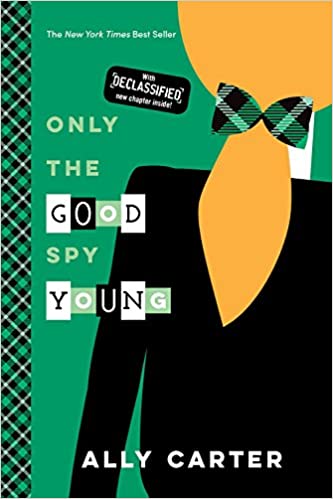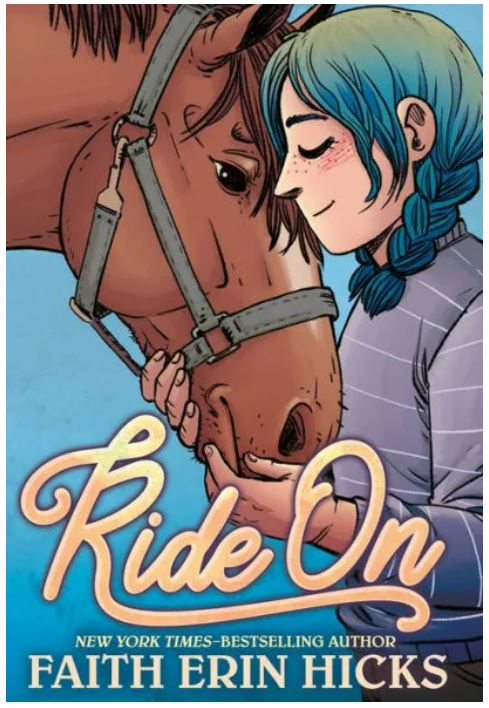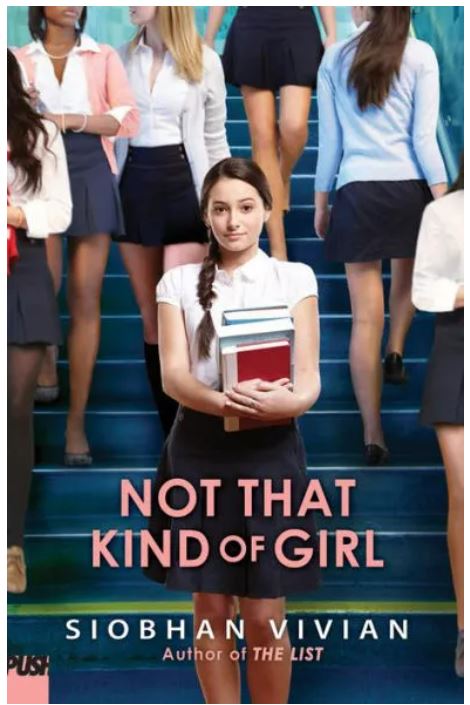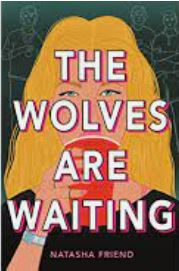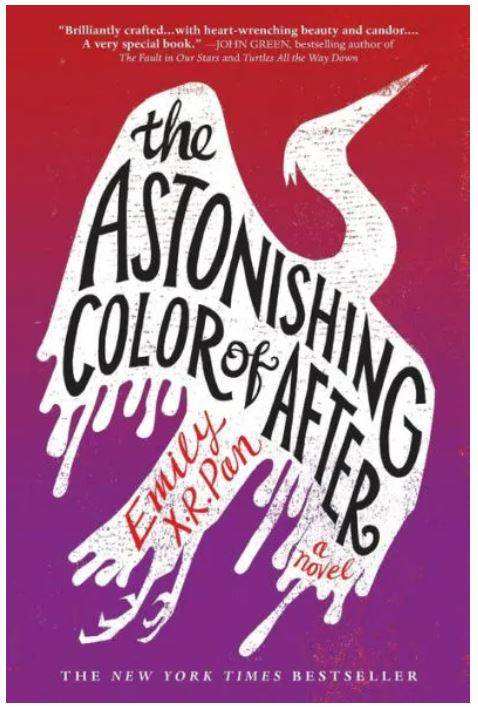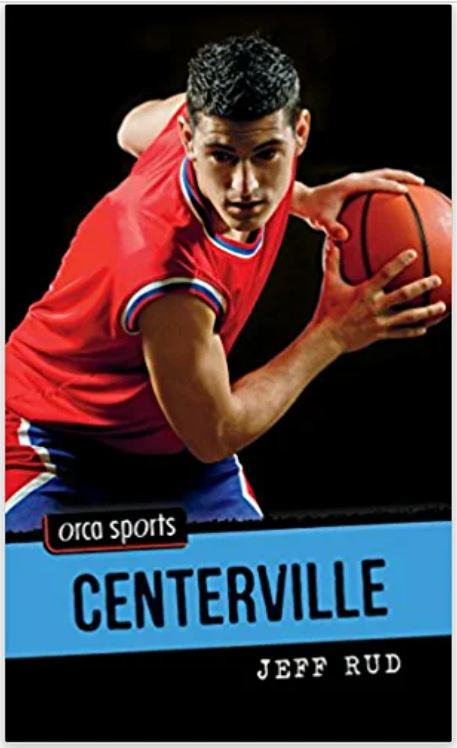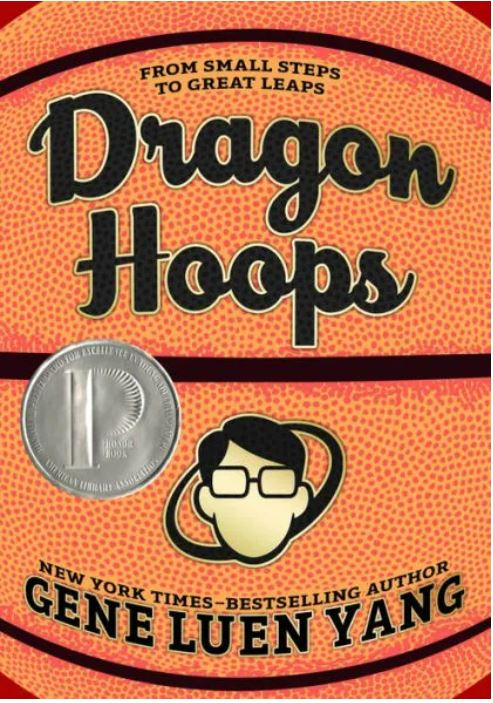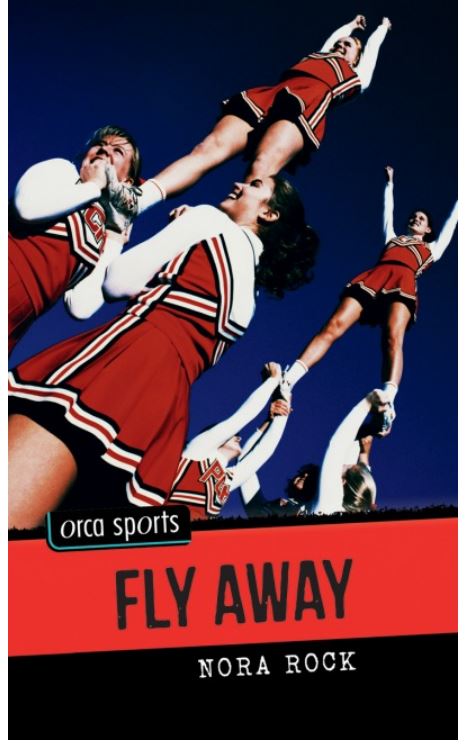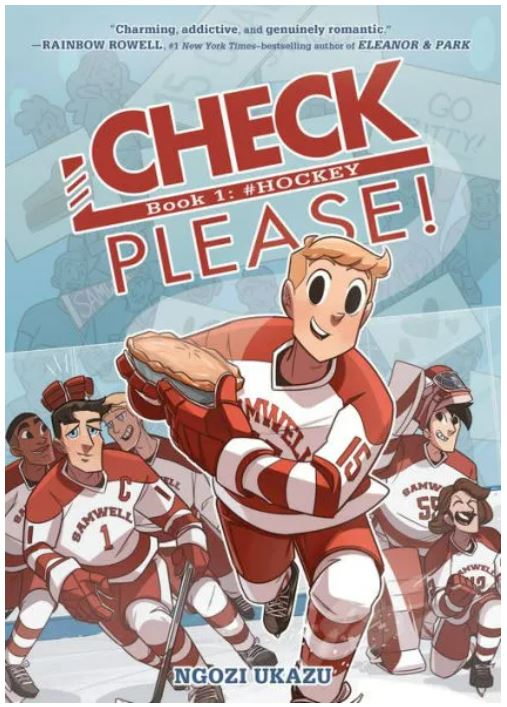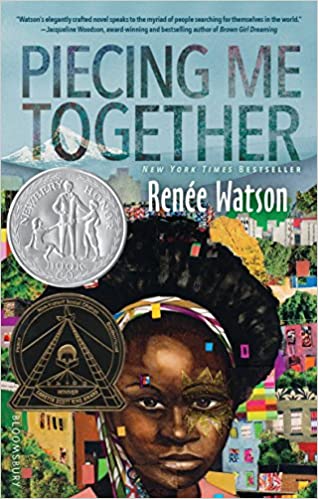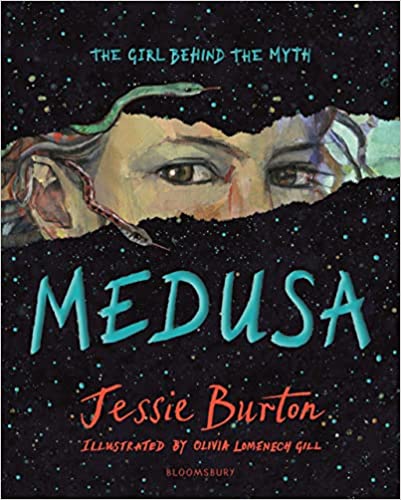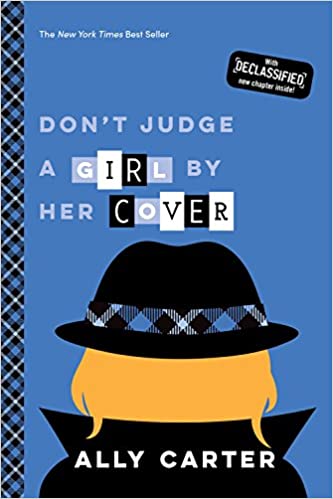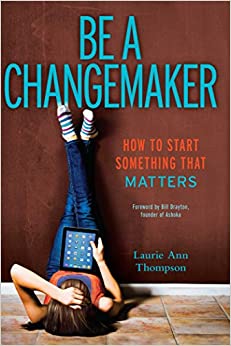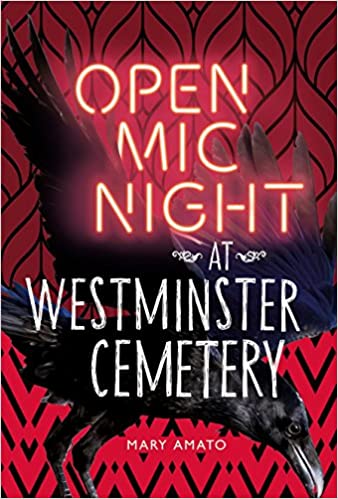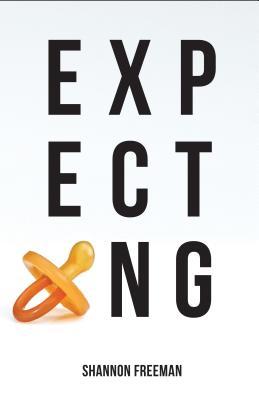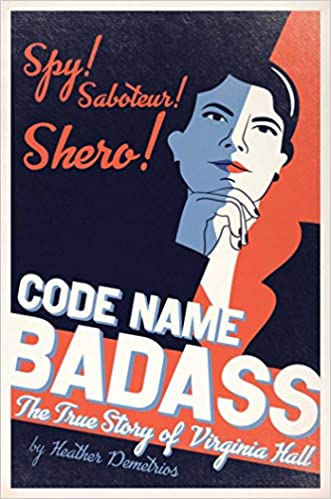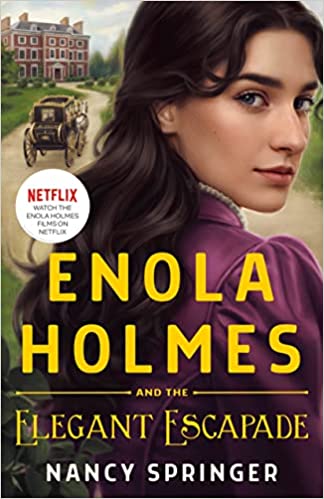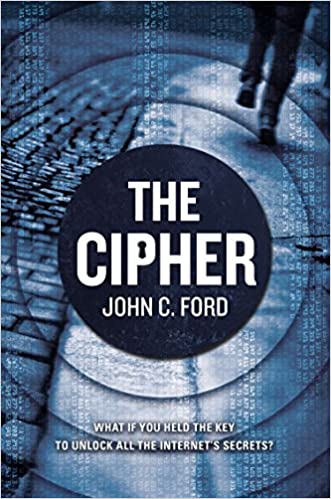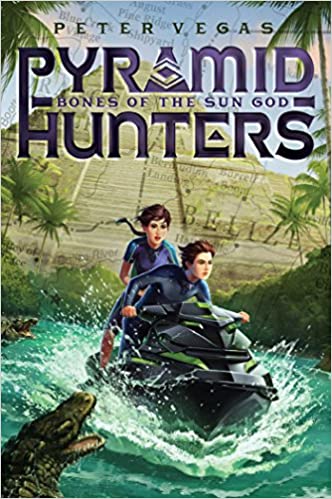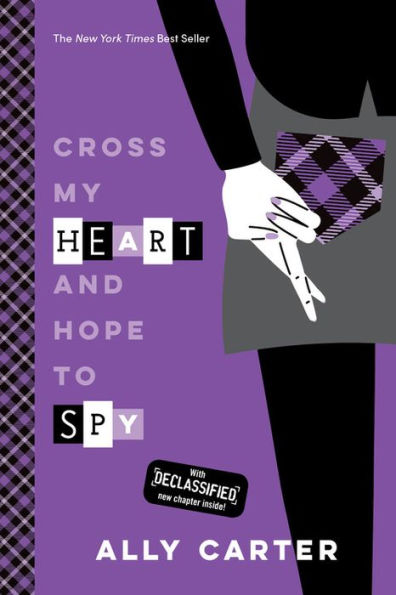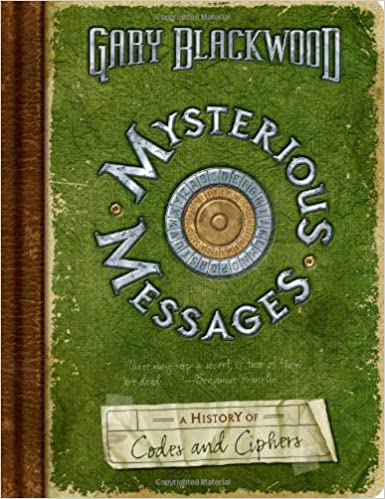Kara Hendricks and Jordan Ferguson have been best friends since kindergarten. By now—sophomore year—they’re more like sisters, really. Jordan has always been the leader in the friendship, but still she’s the perfect friend. That is until Jordan started hanging out with a new “cool” crowd and decided Kara was a popularity liability.
Devastated, Kara feels betrayed and abandoned by everyone—even God. How could Jordan do this? Why did God let this happen? Yet for all the hurt and insecurity, these dark blue days contain a life-changing secret. Now that Jordan is gone, Kara has the chance to discover something about herself that she never knew before. But first, she must learn to trust again. It won’t be easy.
Kara’s story deals with universal themes of self-worth, identity, and loneliness that anyone who has suffered a loss will relate to. However, readers may find it difficult to sympathize with Kara because of her self-pitying attitude. When Jordan starts hanging out with the cheerleaders, she tries to include Kara in her new friend group. However, Kara is so uncomfortable that she begins to avoid Jordan. Since Kara’s insecurities drive much of her action, when the friendship finally ends, Kara turns to daydreaming about scenarios that would hurt Jordan. From the start, the girls’ unhealthy relationship is portrayed in a negative manner, so when the friendship ends there is little emotional impact.
Unfortunately, there is nothing unique about Dark Blue’s plot. Instead, it revolves around the typical stereotypes – a goth girl, a nerd, and an academic high achiever. None of the supporting characters are well developed and Kara begins spending time with some of her new friends, not because she truly likes them, but because she’s so desperate not to be alone. The connection between Kara and her new friends feels forced and unauthentic, especially since so many of their conversations are about their belief in God. But through these lunch time discussions, Kara begins to realize that God is the only best friend she needs.
Another negative aspect of Dark Blue is Kara’s long and tedious inner musings. Most of Kara’s interactions with others are short and do little to develop Kara’s personality. Instead, the story has long passages that focus on Kara’s thought process. Because Kara is so caught up in her misery, it is difficult to relate to her.
Dark Blue reminds readers that God is with us even during difficult times. While it is important to connect with others, only God can fill the emptiness that is inside of us. Once Kara accepts God’s love, she is finally able to look at life in a more positive light. While Dark Blue’s message will resonate with readers, the lack of character development and the typical plot structure are not very memorable. However, readers who are dealing with loss and loneliness will find comfort in the book’s message.
Sexual Content
- At school, Kara sees some “couples hanging onto each other like they can’t bear to let go, a few even making out.”
Violence
- Edgar’s mom was up for parole, but it was denied so “she hung herself.”
Drugs and Alcohol
- Kara’s friend, Amy, smokes cigarettes and is part of the “pot-smoking Goth group.”
- When Amy and her friends show up at a school dance, Kara thinks “Some of them are high or drunk or both. Including Amy.” Later, Amy pukes.
- Kara’s friend, Edgar, has a father who is a recovering alcoholic and a mother who is in jail for drugs.
- While talking about Edgar’s home life, Amy says that she’s “used all kinds of lame excuses to get drunk.”
Language
- Freaking, crappy, and crud are used rarely.
Supernatural
- None
Spiritual Content
- When Jordan becomes part of the cheerleading squad, Kara thinks, “Maybe it’s because I prayed that Jordan did so well. Maybe her success was God’s way of getting even with me for being so hopelessly selfish.”
- Kara and her friends often discuss their belief in God. For example, during lunch, some of the kids talk about freedom of religion. A girl says, “I don’t think our government should tell us to pray either. But I don’t think they should tell us that we can’t.” The conversation lasts for a page.
- Kara asks her friends, “I mean do you think it’s true that you can really have a close relationship with God?” Two kids in the group discuss their beliefs. A boy who goes to church three days a week says, “God made us all unique people. . . I need to go to church a lot and read a lot and pray a lot.” The conversation lasts for three pages.
- Because of Kara’s depression, she thinks about giving “this God-thing a shot.” However, she feels like she wants to make a deal with God so her life will go back to the way it was before Jordan dumped her as a friend. Kara thinks, “And I’ve got to wonder whether it’s worth the risk of blowing it with God just because I think I might be able to swing some sort of deal. . . my life is cruddy enough without going and making it worse by messing with someone like God.” Kara’s inner musings last for a page.
- One of Kara’s friends, Edgar, says, “I think God is calling me to be a missionary.” He then explains why he believes this. The conversation lasts for about a page.
- When Amy offers to give Edgar a makeover, he says, “I’ve been asking God to do something to change me. I’ve been praying to become the kind of guy that other people will listen to.”
- Edgar considers Jesus his best friend.
- Kara goes to church with Edgar. The youth pastor discusses how “God designed us to feel lonely” and only God can fill the lonely ache inside of us.
- After the pastor speaks, Kara isn’t sure how to ask Jesus into her heart. The pastor explains how she needs to “invite Jesus to come inside of you. And once you’ve done that, your life will never be the same.” The church scene is described over five pages.
- Edgar tells Kara that “God wants us to make good choices. . .But most of all I think he just wants us to love him and to let him into all the ordinary and sometimes gory details of our daily life.”

